🚘 Do Factory Car Windows Already Block UV Rays?
The short answer:
Partially, yes—but not enough.
Let’s dig into what your car comes with and whether it gives you real UV protection.
🔍 What Does Factory Glass Really Do?
Most modern vehicles come with:
- Laminated windshields (two layers of glass + a plastic layer in between)
- Tempered glass on side and rear windows
✔️ Windshield (laminated)
- Blocks nearly 100% of UVB (the sunburn rays)
- Blocks around 95–98% of UVA depending on the manufacturer
- This is the best-protected window on your car, hands down
❌ Side & Rear Windows (tempered glass)
- These block most UVB rays
- But only block ~20–30% of UVA—the rays responsible for skin aging, deeper tissue damage, and most interior fading
So while your windshield offers decent built-in protection, the rest of your car is basically letting UVA rays in like an open door.
☀️ Why That Matters:
- UVA rays cause premature skin aging, wrinkles, and contribute to skin cancer
- They also fade your upholstery, damage leather and dashboards, and heat up your interior faster
- And yep—even if you don’t feel it, those rays are still hitting you every time you drive
🧪 Window Tint = Full-Spectrum UV Defense
Adding a high-performance tint to side and rear windows (even a clear film) brings that UVA rejection up to 99%—same as your windshield, or better.
🎯 Bottom Line:
- Your factory windshield? Mostly protected.
- Your side and rear windows? Not even close.
- Add tint, and you’ve got full-body, full-interior UV defense—every drive.
Want to test the UV levels in your car windows before and after tint? We’ve got the tools—and we’ll show you the difference in person.


